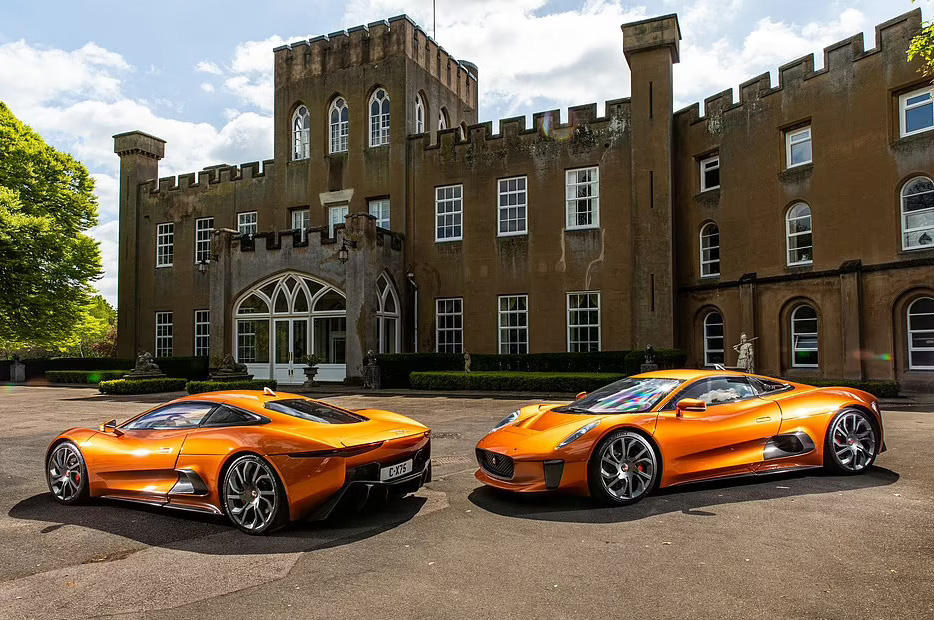Just because a car is in development doesn’t guarantee it will make it to production.
No matter where it stands in the process whether it has just received board approval or is nearing its launch various factors like economic shifts, regulatory hurdles, or a simple change in strategy can abruptly bring a project to a halt.
In some cases, this isn’t a big deal, especially if the car in question is a run-of-the-mill SUV or hatchback that likely wouldn’t have left a lasting impression.
More often than not, though, it’s the niche, enthusiast-focused vehicles that end up on the chopping block first, meaning we’ve missed out on some truly exciting performance cars.
We’ve previously covered some of these, including the VW XL Sport, Renault Clio RS16, and the reborn Audi Quattro, but those examples are just the tip of the iceberg.
With that in mind, here are 10 more canceled cars that we’re truly disappointed never made it to production.
1. Infiniti Q50 Eau Rouge
If you’re Nissan, looking to establish Infiniti your luxury sub-brand meant to rival Lexus as a serious contender in Europe, what’s the best approach?
Nissan’s bold idea was to take the 3.8-liter, 560bhp V6 engine from the GT-R, install it in the otherwise forgettable Q50 executive sedan, name it after one of the most legendary corners in racing, and bring in none other than Sebastian Vettel to assist with its development.
For a time, this seemed like a very real possibility. The Infiniti Q50 Eau Rouge debuted as a concept at the 2014 Geneva Motor Show, and by 2015, a functional prototype was up and running.
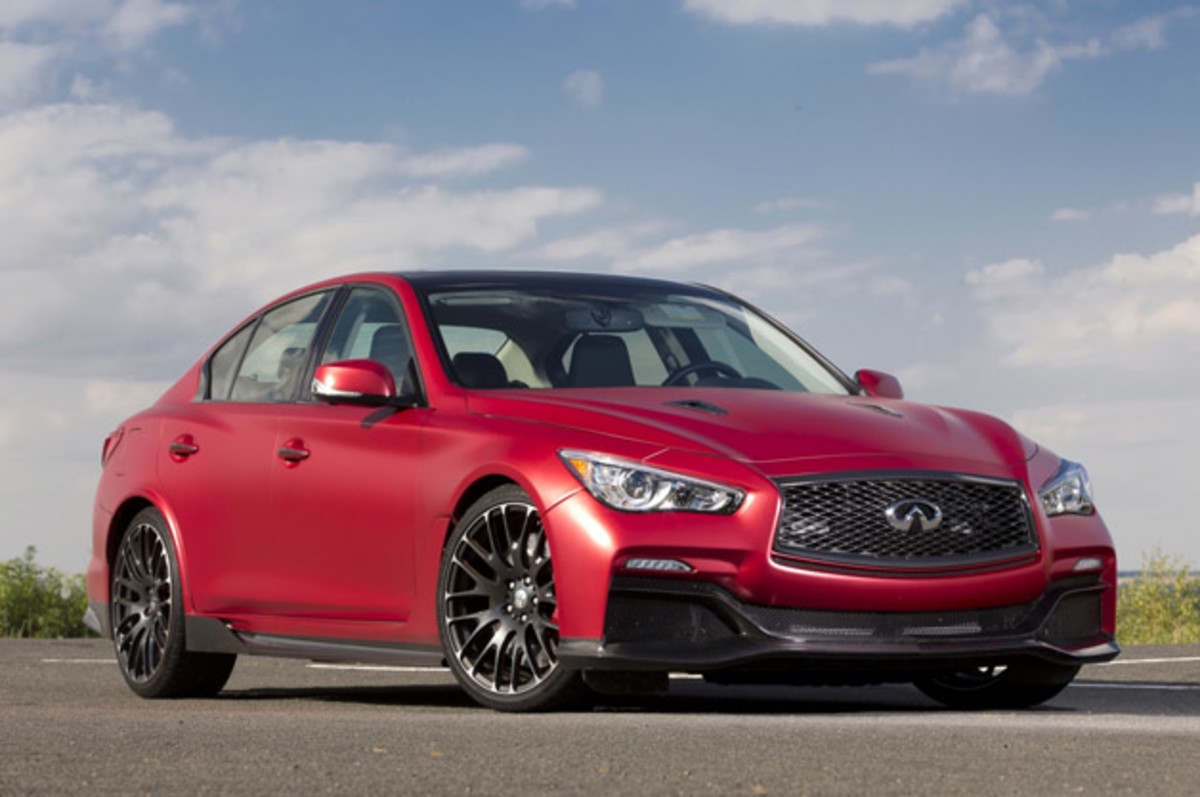
Four-time F1 champion Vettel then driving for Infiniti-backed Red Bull was actively providing feedback on its performance.
However, by September 2015, the project had been scrapped in favor of models aimed at enhancing Infiniti’s ‘credibility’ in Europe. That decision, as history shows, didn’t exactly go as planned.
Also Read: Toyota Reveals Electric Celica Revival at Tokyo Motor Show
2. Toyota GR Super Sport
After Toyota began dominating the 24 Hours of Le Mans following the withdrawal of all its major factory-backed competitors, the company sought to capitalize on its success by developing a road-going supercar inspired by its TS050 LMP1 racer.
This project seemed to align perfectly with the then-upcoming Le Mans Hypercar regulations, which originally required race cars to be derived from road-going versions a rule that was later dropped.
Despite this change, Toyota pushed ahead with the development of the GR Super Sport.
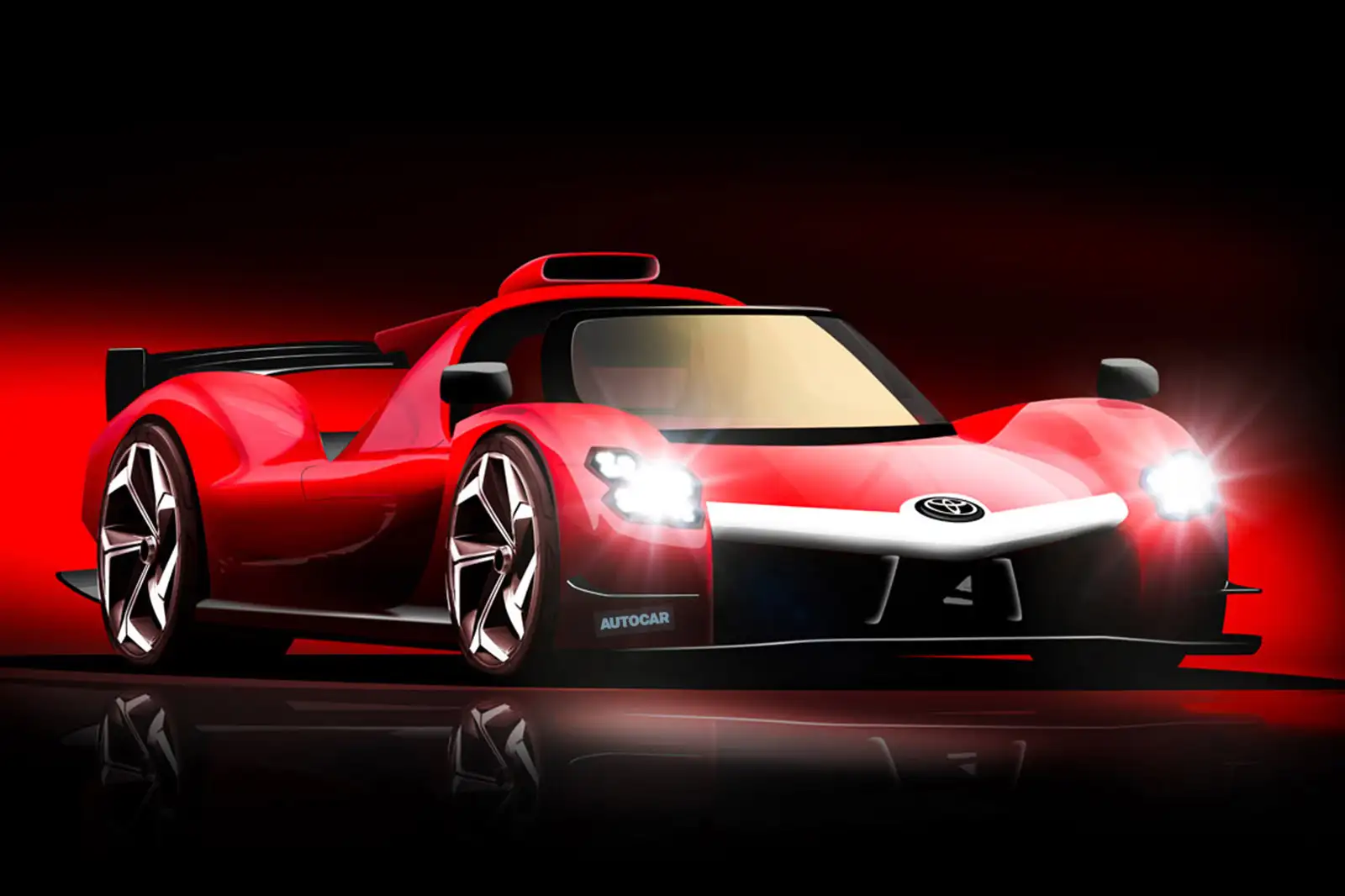
Unveiled as a concept in 2018, a camouflaged prototype was showcased with a demo lap before the start of the 2020 24 Hours of Le Mans. Everything seemed on track for this exclusive, 986bhp hybrid supercar.
However, after that, updates became scarce, and by 2021, the project appeared to have been quietly abandoned reportedly due to a major setback when a prototype caught fire and burned down at Fuji Speedway.
3. Pontiac G8 Sport Truck
This “coupe-utility” pickup, revealed at the 2008 New York Auto Show, was practically ready for production.
Not that much effort was required General Motors, Pontiac’s parent company, simply had to take a Commodore Ute from its Australian Holden division, shift the steering wheel to the left-hand side, and incorporate Pontiac’s signature split-grille front end from its later models.
The only obstacle that stopped the G8 Sport Truck from reaching production was the fact that, just over a year after its debut, Pontiac was officially discontinued.
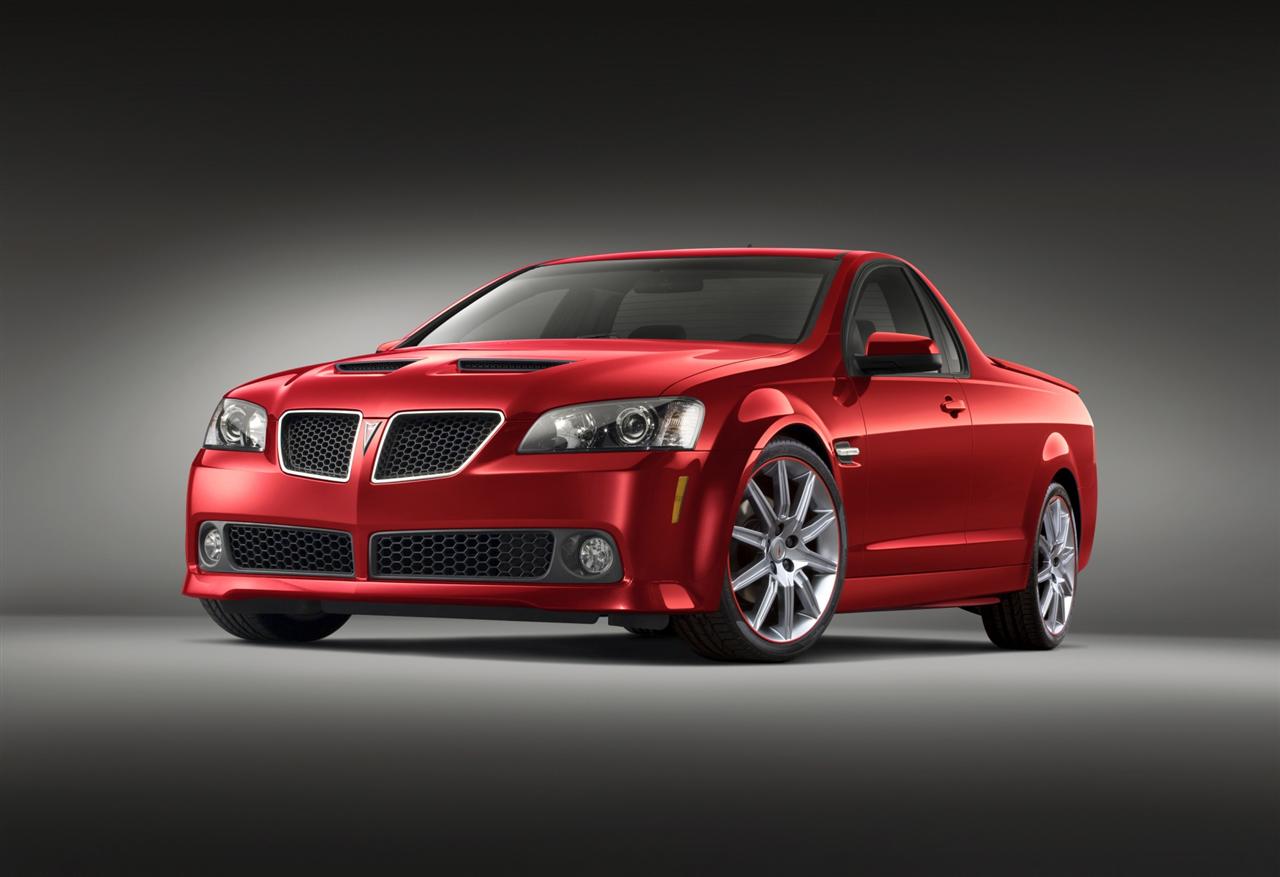
A casualty of the 2008 financial crisis (and not the only one on this list), this modern take on the Chevrolet El Camino would have been powered by a 6.0-liter V8 producing 361bhp.
Pontiac had even gone as far as launching an online contest to decide the production model’s name before the entire plan unraveled.
4. Alfa Rmeo MiTo GTA
Although undeniably stylish, the Alfa Romeo MiTo supermini never quite lived up to expectations as a great driver’s car.
That could have changed dramatically had the high-performance GTA variant made it to production.
Revealed at the 2009 Geneva Motor Show, it had all the right ingredients: a 1.8-liter turbocharged four-cylinder engine delivering 240bhp, a six-speed manual transmission, advanced adaptive suspension, and extensive use of carbon fiber to reduce weight.
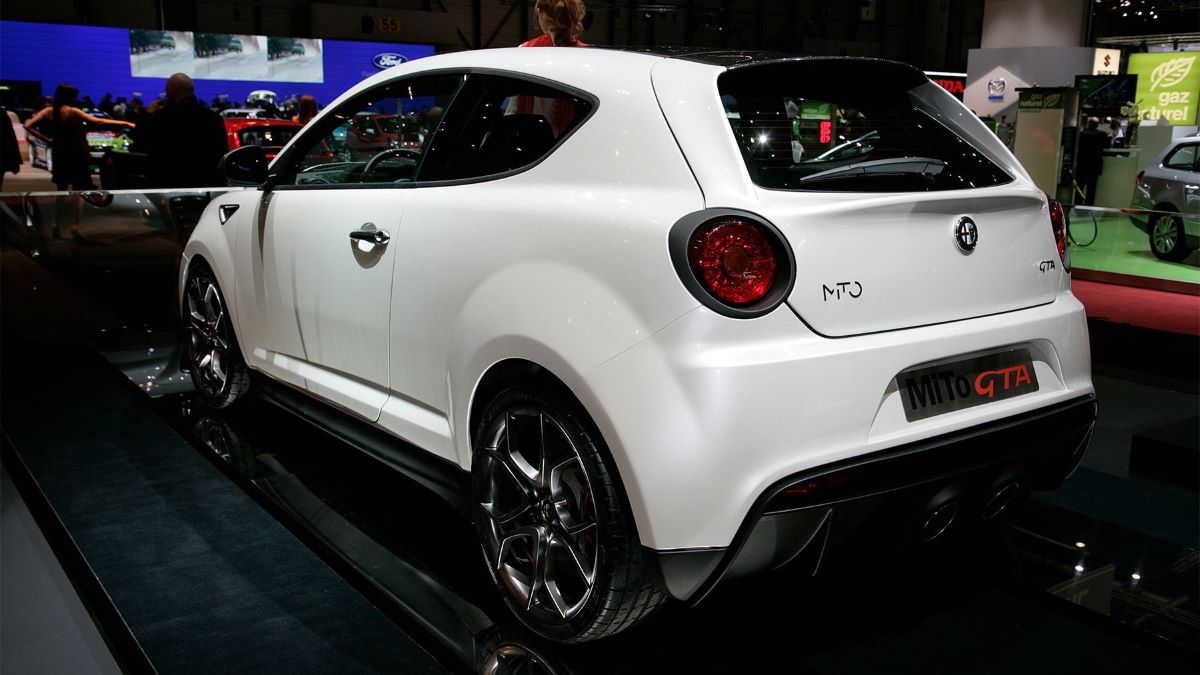
It was poised to give the Mini John Cooper Works some serious competition until the financial crisis intervened, leading to the project being placed “on hold.”
Technically, it was never officially canceled, but given the passage of time, it’s safe to say it will never happen. Just a hunch. That said, the long 12-year wait for another GTA-badged Alfa eventually proved to be worth it.
5. Lotus Esprit (2010)
When long-time underdog Lotus arrived at the 2010 Paris Motor Show with not one, not two, but five concept cars it boldly claimed were destined for production, skepticism was inevitable.
Most assumed the ambitious plan would collapse within a few years, and, sure enough, that’s exactly what happened.
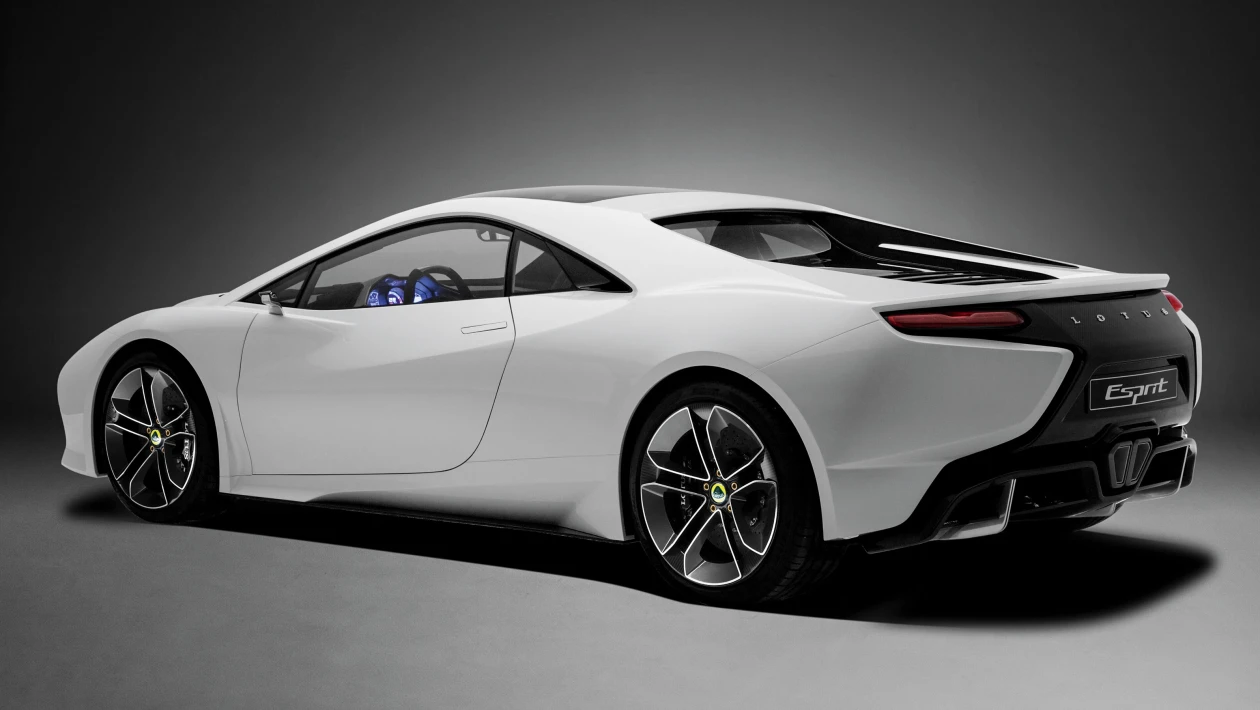
Some of these projects progressed further than others, though. Taking center stage was the revival of the Esprit name, positioned to compete with the Ferrari 458, McLaren 12C, and Lamborghini Gallardo.
Against the odds, Lotus was even developing its own engine for the car a naturally aspirated V8.
According to a long-standing rumor, the engine was operational and had even been installed in the back of a modified Ferrari 458 for testing. However, by 2014, the project was officially scrapped.
6. Honda NSX V10
Almost immediately after the original Honda NSX was discontinued in 2005, speculation about its successor began circulating.
While a new NSX did eventually arrive in 2016 as a V6 hybrid, the car that could have replaced the first-gen model was an entirely different beast.
In 2007, Honda confirmed that a new NSX was in development, featuring a front-mounted, naturally aspirated V10 producing around 550bhp putting it in direct competition with another high-performance Japanese supercar in the works at the time.
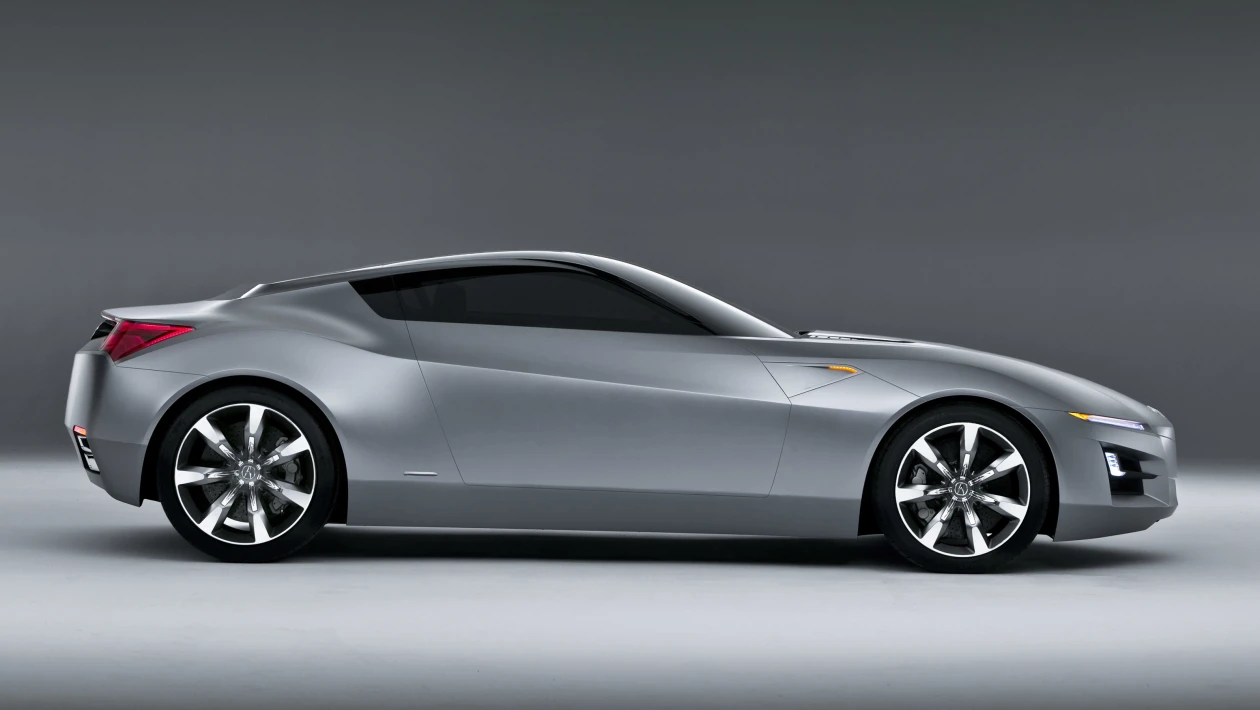
The Acura Advanced Sports Car concept, unveiled in 2007, provided a glimpse of its intended styling, and a prototype was even spotted testing at the Nürburgring, producing a glorious soundtrack.
But then no surprises here the 2008 financial crisis struck, and the high-revving V10 NSX was dead. It did, however, live on in a small way through the V8-powered HSV-010 Super GT racer, which was based on the scrapped road car.
7. BMW M3 E46 Touring
The E46 BMW M3 is widely regarded as an outstanding car some would even argue it’s the best M3 ever made.
However, with only coupe and convertible variants available, one area where it fell short was practicality.
That issue could have been solved in spectacular fashion with a Touring estate version, and BMW even went as far as building a prototype that looked nearly production-ready.

This model would have combined everything that made the E46 M3 great the high-revving, 338bhp S54 straight-six engine, the beautifully flared arches with the everyday usability of a 3 Series Touring.
And let’s be honest, what true car enthusiast doesn’t get excited at the idea of a high-performance estate? Unfortunately, not enough people did in the mid-2000s, which meant this vision never became reality.
Instead, we had to wait until 2022 for the first officially sanctioned M3 Touring. Looking back, this might just be one of BMW’s biggest missed opportunities.
8. Lexus LC-F
The Lexus LC500 is a rare breed in today’s market (assuming it’s still available where you live) a large, plush grand tourer powered by a burbling, naturally aspirated V8.
That said, its positioning as a luxury GT car has somewhat overshadowed its sporting potential.
That wasn’t always the plan. For years, Lexus was developing a range-topping version that would bear its F performance badge and feature a newly designed twin-turbo V8.
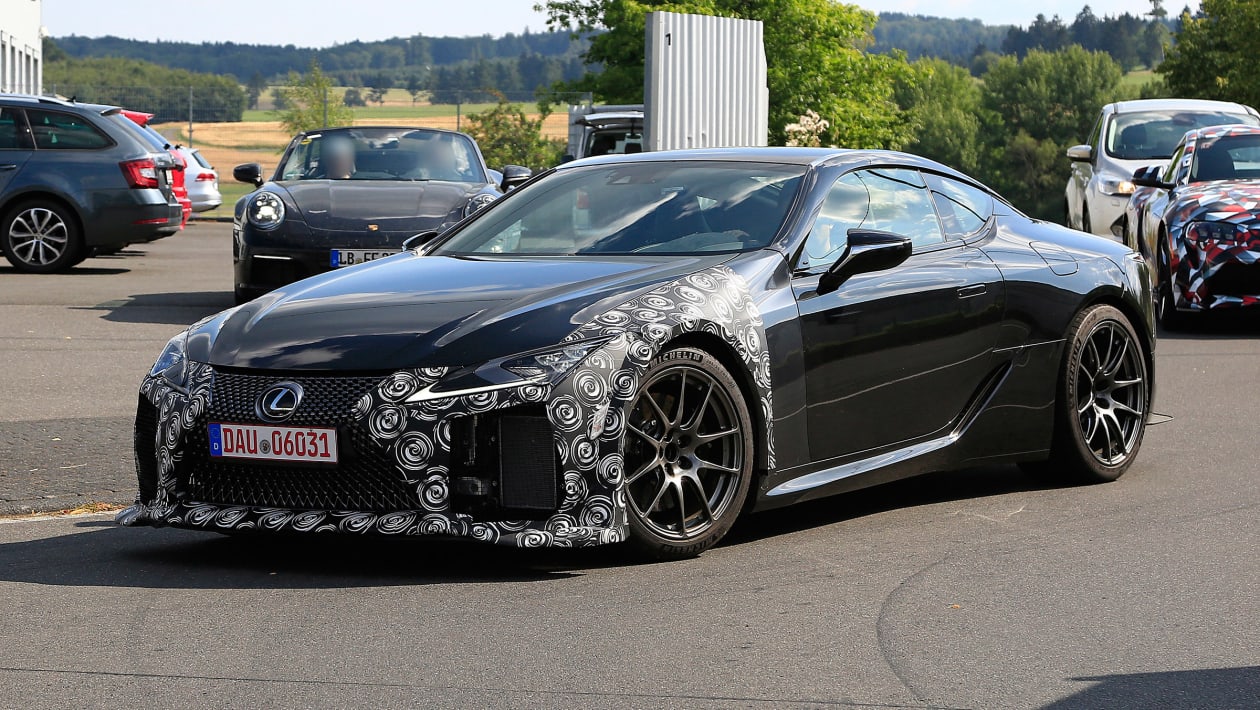
In fact, Lexus had planned to test the engine in a racing-spec LC at the 2020 Nürburgring 24 Hours before the COVID-19 pandemic derailed those plans.
Ultimately, the project was deemed unfeasible for production, despite the existence of working prototypes.
However, this particular cancellation is a little easier to accept Toyota is preparing a new front-engined sports car as the foundation for its next GT3 racer, and it’s expected to feature a twin-turbo V8, possibly even under the Lexus brand.
9. Jaguar C-X75
Revealed at the 2010 Paris Motor Show, the stunning Jaguar C-X75 concept featured a highly unconventional powertrain two compact gas microturbines.
In 2011, Jaguar announced plans for a limited production run, albeit with a slightly more conventional setup: a hybrid system centered around a heavily boosted, turbo- and supercharged 1.6-liter four-cylinder engine.
However, the lingering impact of (yes) the Great Recession forced Jaguar to scrap those plans the following year.

As any moviegoer circa 2015 would recall, that wasn’t quite the end of the C-X75. It found its way onto the big screen as the car driven by the villainous Mr. Hinx in Spectre which was, without a doubt, one of the James Bond films ever made.
In an unusual full-circle moment, two of the Spectre stunt cars were officially made road-legal in 2024 by Callum, the design and engineering firm founded by ex-Jaguar designer Ian Callum the very man responsible for the C-X75’s original design.
10. Volkswagen Golf R400
Many would argue that the Mk7, introduced in 2013, marked the peak of the Volkswagen Golf before the company slightly fumbled things with the (now significantly improved) Mk8.
The high-performance variants were even more impressive, with the all-wheel-drive Golf R delivering a solid 296bhp. However, there was almost an even more potent version one with a dramatic power increase.
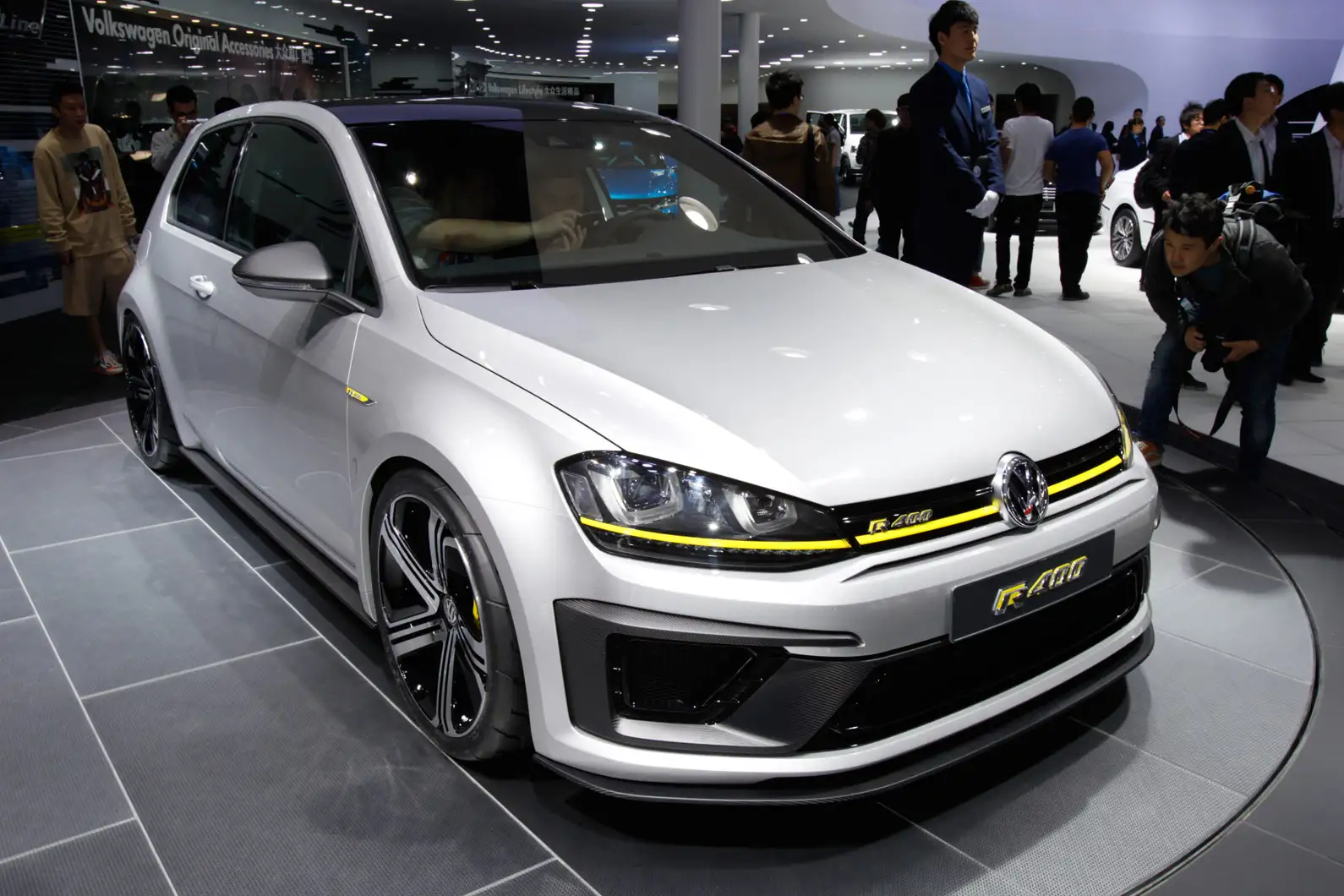
At the 2014 Beijing Motor Show, Volkswagen revealed the Golf R400, a concept car that took the R’s 2.0-liter turbocharged four-cylinder and pushed it to a staggering 395bhp at a time when the power-hungry Mercedes A45 AMG was making ‘only’ 376bhp.
By early 2015, all signs pointed toward this high-powered Golf making it to production. But later that year, the company suddenly found itself in no position to be investing in extravagant performance car projects. We forget why.
Also Read: 10 Cars That Are Faster Than They Look and Pack Surprising Performance

